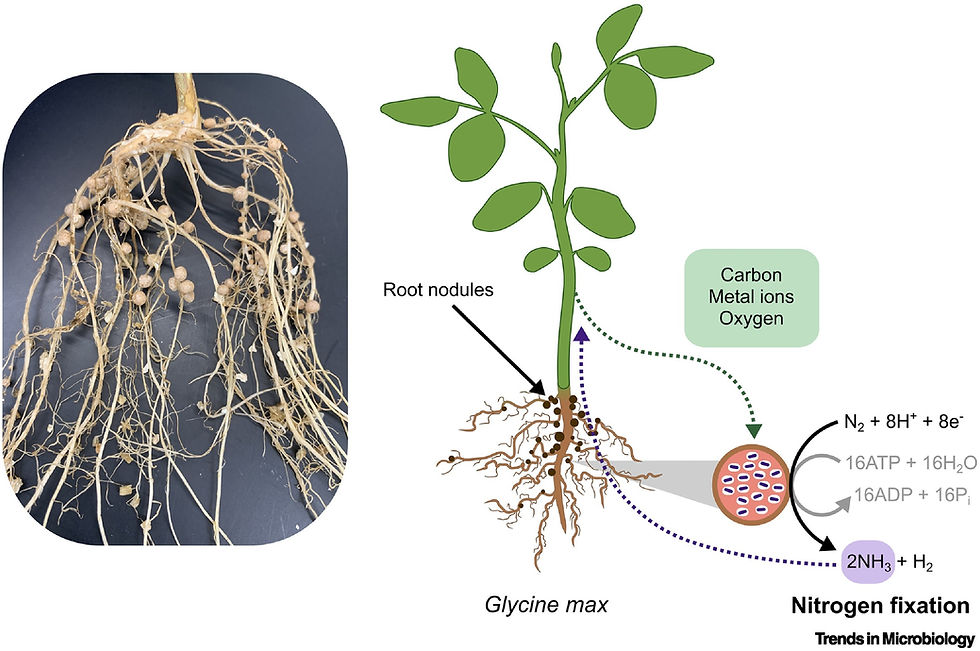Organic agriculture stimulates species evenness for biological pest control, study finds
- Miguel M.LS.

- Nov 15, 2021
- 2 min read
Updated: Jan 12, 2022
Organic agriculture is a fairly simple thing on its basis — only use organic fertilizers, and do not use synthetic pesticides. That is not, however, what organic agriculture is in practice around the world, where a myriad of cultivation techniques (some well known, as crop rotation; some rarer to see, as permaculture) are implemented in order to make the impact of organic fertilizers more noticeable, conserve nutrients, and reduce pest problems. A good deal of the benefits of organic agriculture is ensured or obtained through these practices, such as flower stripes and cover crops, so when one of the benefits derived from organic farming comes from the core tenets of the organic model itself, there's double cause for interest.
Such is the case of a 2010 study that found an increase in species variety and evenness to be one of the major perks of organic agriculture, one which yielded the very significant benefits of 18% lower pest densities and 35% larger plants in several potato fields across Washington, United States. The authors measured not only the variety of species present in organically and conventionally managed fields (a trait in which organic fields had the upper hand) but also the rates at which all present species were present. If species diversity is important, measuring biodiversity only by the number of species present runs the risk of overestimating the real presence of these species by not measuring the actual size of their populations. A field could theoretically be very species-rich, with just a few individuals of each species being actually present.
Organic fields, however, did not present this problem: whereas in conventionally managed fields up to 80% of the total insect population could belong to just one single species, this number didn't go higher than 38% in organic fields, for both pests and pest control agents. The authors further tested this observation through a meta-study that analyzed thirty-eight other similar studies, concluding that the tendency of organic agriculture towards effective biodiversity through species variety and evenness is attested around the world.

A sign explains the different species of pest control agents found in this organic field in the canton of Thurgau, Switzerland.
This has significant implications, that go far beyond an average of 35% larger plants. Food security is threatened daily by the possibility of a super-pest taking over the world, and the best way to combat that menace is by reducing the ability of less-developed, individual pests to take over right now. Biological means of pest control ensure that this combat does not strengthen the enemy that farmers seek to combat, and organic agriculture seems to be providing a key lesson for that, responding with a diverse arsenal of defense agents to an equally diverse set of threats.



This is an informative post! If you need a reliable mouse exterminator Toronto, check out Pesticon